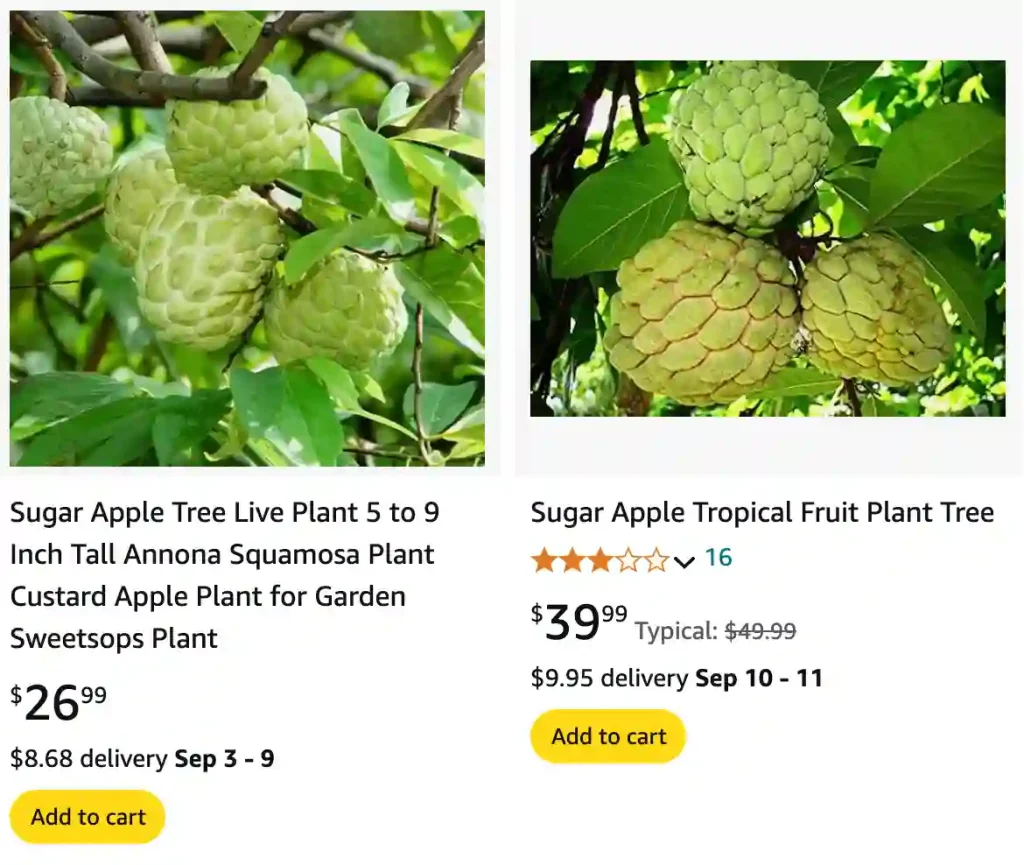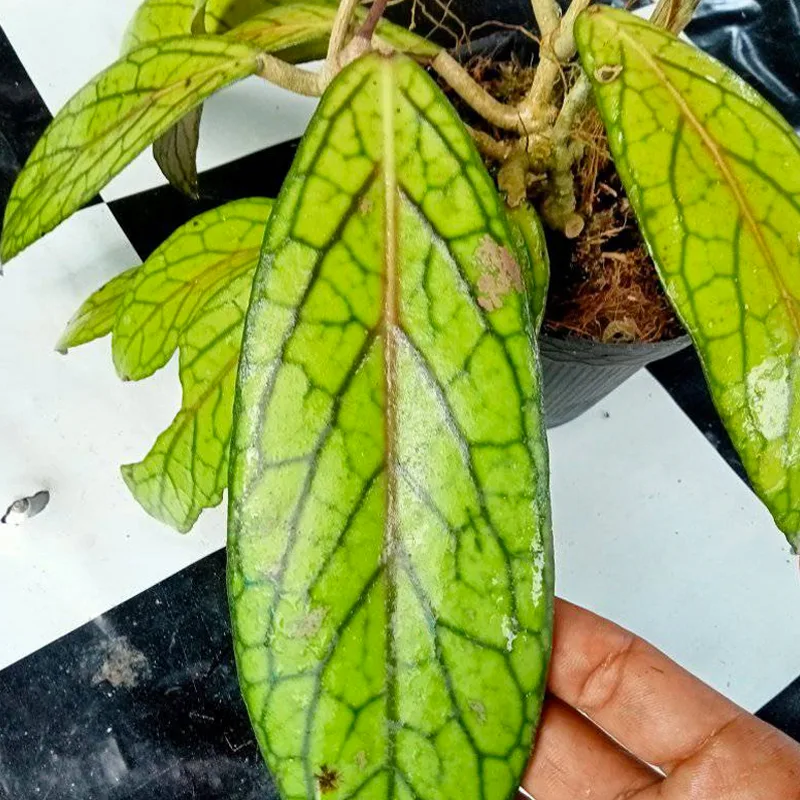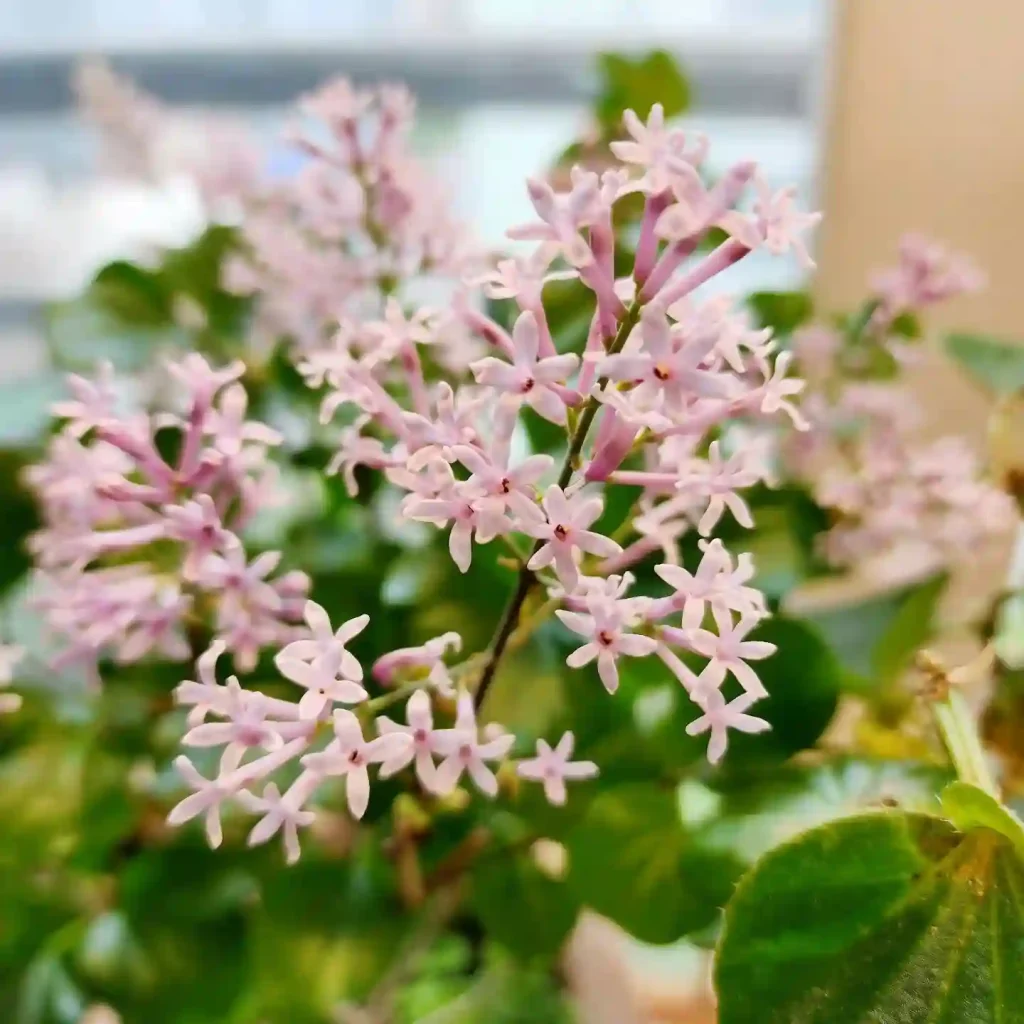
FAQs About Custard Apple
When I first encountered the Custard Apple, I was intrigued by its unique appearance and intriguing flavor. Over time, I’ve learned quite a bit about this exotic fruit, and I’m excited to share my insights with you. Here’s a comprehensive guide to Custard Apples, addressing some of the most common questions I’ve come across.
What is Custard Apple?
Custard Apple, also known as Cherimoya, is a tropical fruit renowned for its creamy texture and sweet, custard-like flavor. This fruit is part of the Annonaceae family, which also includes soursop and sugar apple. Its green, scaly skin covers a soft, white flesh filled with black seeds. The flavor profile of Custard Apple is often described as a blend of banana, pineapple, and vanilla.
Where to Buy Custard Apple?
Custard Apples can be found in specialty grocery stores, Asian markets, and farmers’ markets. If you’re looking to purchase them online, many fruit delivery services and specialty stores offer them. The fruit is typically in season during the warmer months, so availability might vary depending on the time of year.
How to Eat Custard Apple?
Eating a Custard Apple is simple. Start by cutting the fruit in half lengthwise. You can then scoop out the creamy flesh with a spoon. It’s best to eat it fresh, but you can also add it to smoothies, desserts, or salads. Be mindful of the black seeds inside, as they are not edible.
Where Do Red Custard Apples Grow?
Red Custard Apples are a variety of Custard Apple with a distinctive reddish skin. They are grown in tropical and subtropical regions, primarily in parts of Asia and Central America. They thrive in well-drained soil and warm climates. If you’re looking to grow them yourself, ensure that you’re in a suitable climate zone.
How to Grow Custard Apple in a Pot?
Growing Custard Apple in a pot is possible with the right care. Choose a large pot with good drainage. Use a mix of potting soil and compost. Place the pot in a sunny location, as Custard Apples require plenty of sunlight. Water the plant regularly, but avoid overwatering. Fertilize every few weeks to promote healthy growth. Remember that Custard Apple trees can grow quite large, so be prepared for the plant to need repotting as it matures.
How to Know When Custard Apple is Ripe?
A Custard Apple is ripe when its skin turns from green to a yellowish-green or brownish hue, and the fruit yields slightly to gentle pressure. The flesh inside should be soft but not mushy. Avoid picking fruit that is too firm, as it may not ripen properly.
What Does Custard Apple Taste Like?
Custard Apple’s flavor is often described as a blend of tropical fruits with a creamy, custard-like consistency. It has notes of banana, pineapple, and vanilla, making it a deliciously unique treat. Its texture is smooth and creamy, similar to that of a ripe avocado.
How Big Do Custard Apple Trees Grow?
Custard Apple trees can grow quite large, typically reaching heights of 15 to 30 feet. They have a spreading canopy and can become quite wide, so it’s important to give them plenty of space if you’re planting them in the ground. When grown in pots, they will remain smaller, but they still need adequate space for root development.
Is Custard Apple the Same as Soursop?
Custard Apple and Soursop are not the same, though they are related. Soursop, or Graviola, has a spiky green exterior and a tart flavor, unlike the sweet Custard Apple. Both fruits belong to the Annonaceae family, but they have distinct differences in taste, texture, and appearance.
Are Cherimoya and Custard Apple the Same?
Yes, Cherimoya is another name for Custard Apple. Both terms refer to the same fruit, known for its creamy texture and sweet taste. The name “Cherimoya” is more commonly used in regions like South America, while “Custard Apple” is more frequently used in other parts of the world.
Are Custard Apple Seeds Poisonous?
Custard Apple seeds are not considered highly toxic, but they are not meant for consumption. They contain compounds that can be mildly toxic if ingested in large quantities. It’s best to remove the seeds before eating the flesh.
Are Custard Apples Healthy?
Custard Apples are packed with nutrients. They are rich in vitamins C and B6, as well as potassium and fiber. They offer several health benefits, including improved digestion, enhanced immune function, and increased energy levels. Their high antioxidant content also helps fight oxidative stress.
Custard Apple vs. Soursop
Custard Apple and Soursop differ in flavor and texture. Custard Apple has a sweet, creamy taste, while Soursop is more tangy and acidic. Soursop is also used in medicinal applications more frequently than Custard Apple. Both fruits are nutritious but offer different taste experiences.
Custard Apple vs. Sugar Apple
Custard Apple and Sugar Apple are often confused because they belong to the same family and have similar flavors. However, Sugar Apple has a more segmented appearance with a sweeter taste, while Custard Apple has a smoother texture and a slightly more complex flavor profile.
Custard Apple vs. Cherimoya
Cherimoya and Custard Apple are the same fruit, just different names for it. The terms are used interchangeably depending on the region.
Custard Apple vs. Apple
Custard Apple and Apple are quite different. Custard Apple is tropical and creamy with a custard-like texture, while Apples are crisp, juicy, and come in a variety of flavors from sweet to tart. They also differ in their nutritional profiles and uses in cooking and baking.
Custard Apple vs. Sweetsop
Custard Apple and Sweetsop (or Sugar Apple) are similar but not identical. Sweetsop tends to have a more segmented skin and a sweeter, more granular texture compared to Custard Apple’s smooth and creamy flesh.
Custard Apple vs. Pawpaw
Custard Apple and Pawpaw (Asimina Triloba) are different fruits despite some similarities in their names. Pawpaw is native to North America and has a custard-like texture similar to Custard Apple but is a different species altogether. The flavor of Pawpaw is often described as a mix of banana, mango, and melons.
Understanding these differences and similarities can help you appreciate Custard Apple’s unique qualities and enjoy its rich, tropical flavor. Whether you’re growing it at home or simply exploring exotic fruits, Custard Apple offers a delightful culinary experience.




